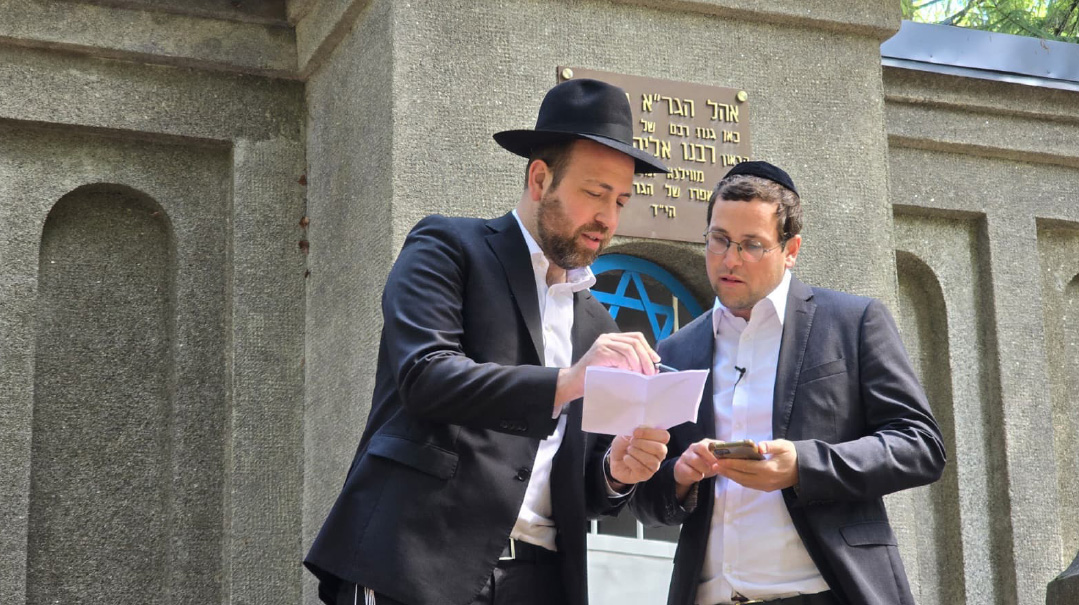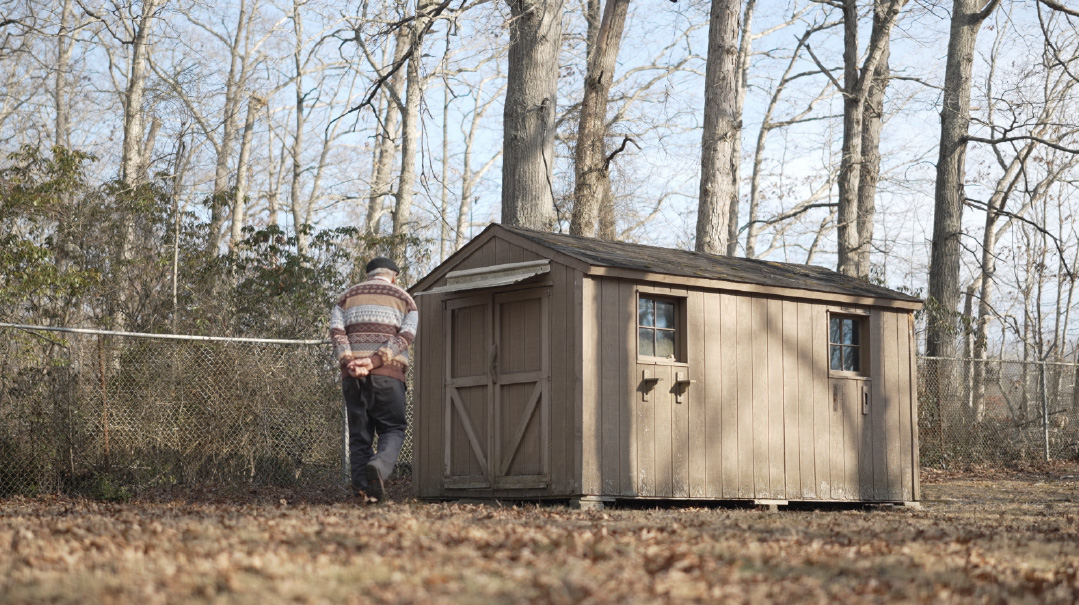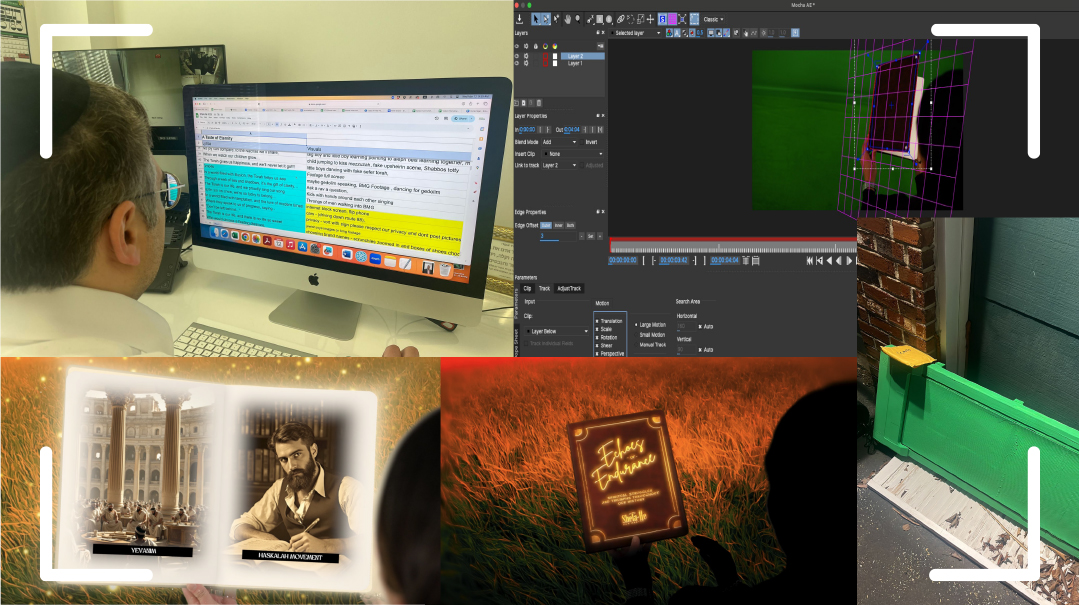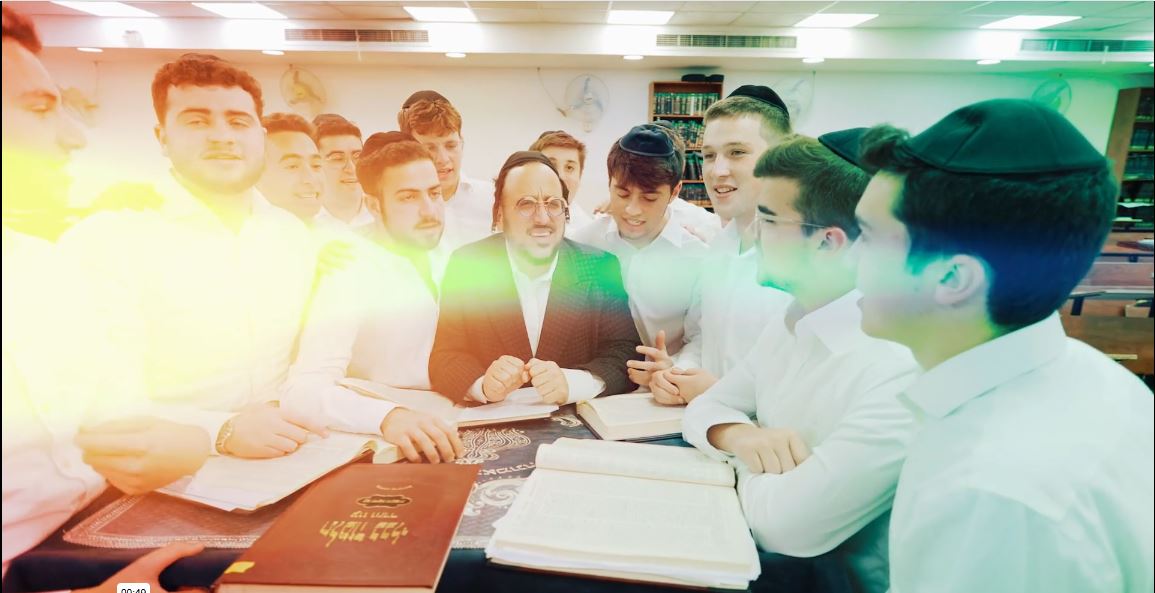The Proposal: One 60-Second Video for Each of Five Divisions
| July 25, 2023We agreed to come up with concepts for these six videos, complete with several parameters: actors, multiple locations, and voiceover narration
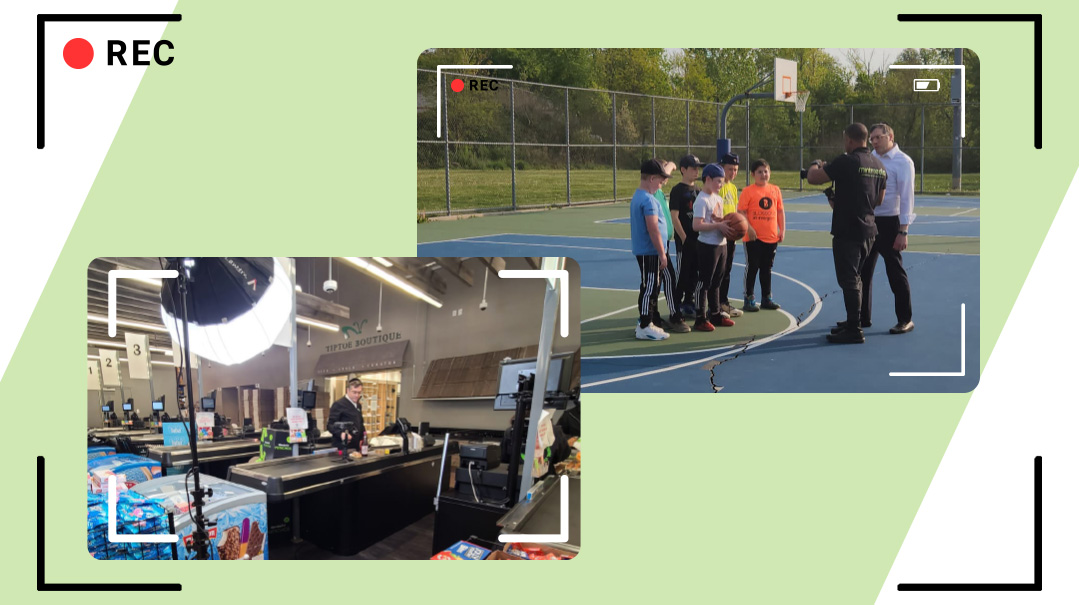
Client: Rockland Chesed Network (RCN) in Suffern,
New York
Objective: Create five short promos and one donation page feature video for a two-day online fundraising campaign
Film crew: Three + director
Film locations: Five locations in Lakewood, New Jersey, and Monsey
Interviews: Ten: one man, one woman, seven boys, one girl
Project Deadline: June 7, 2023
The Proposal
RCN wanted one 60-second video for each of its five divisions, as well as a longer two-minute all-inclusive feature video for the donation page. In our first call, I asked founder and director Alan Rosenstock to describe in detail the services each division provides, as well as his vision for what he hopes the videos will accomplish. After explaining RCN’s five initiatives, he told us that the goal would be for viewers to connect with the type of person the organization helps, and to walk away looking to be a part of RCN’s unbelievable work. We agreed to come up with concepts for these six videos, complete with several parameters: actors, multiple locations, and voiceover narration.
Internal discussions
Even though everyone in our office has specialized roles — things like building video storylines, fine-tuning special effects — we’re very much a team, and at the onset of a project, we’ll often all sit for a short brainstorming session. This time, we began by going through each RCN division and listing the elements of their work that, if we’d highlight them, would help viewers connect emotionally. Five minutes in, we had already suggested a bunch of ideas. Some were immediately shot down, but we kept going, discussing new ideas and tweaking as we moved along. After a few more minutes, we tentatively settled on a fairly popular route with this type of project: to tell a story emphasizing what an individual is missing, and then to contrast it with how RCN is there to help. For example, one of the services the organization provides is Bobbie’s Place, a store that provides high-quality new children’s clothing. Our concept for the video was to show a forlorn-looking boy wearing his old frayed suit and then to transition to him trying on a new suit in the store. The concept here is evident; it shows how RCN really makes a difference. But at the end of our sit-down, one of our newer video editors, Usher Weldler, piped up.
Oops! We could not locate your form.

